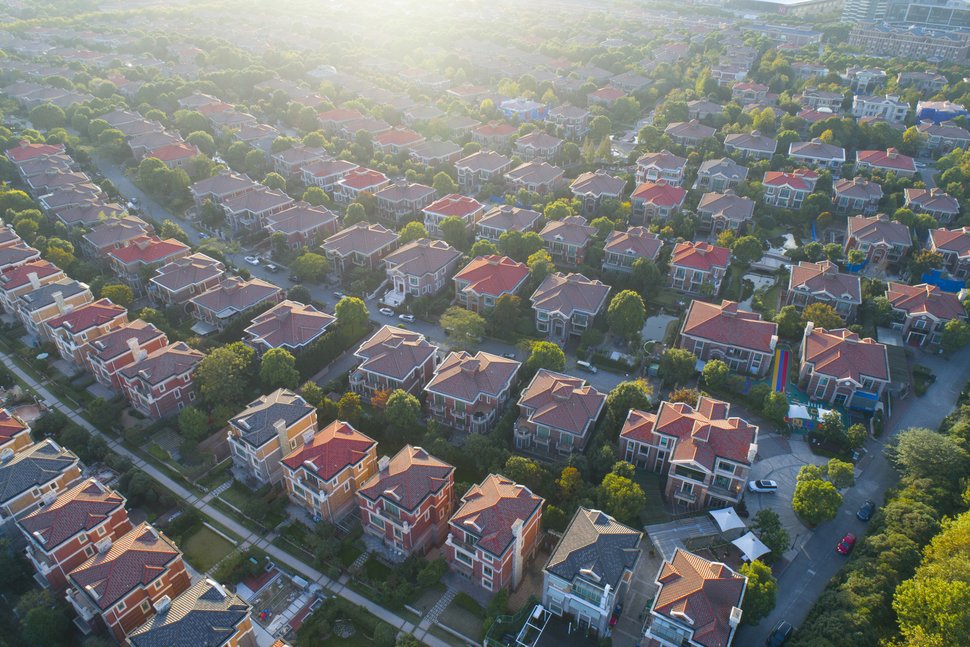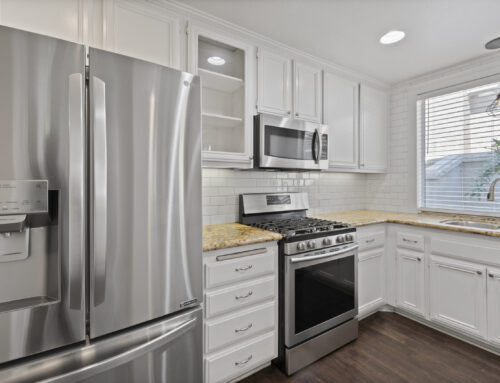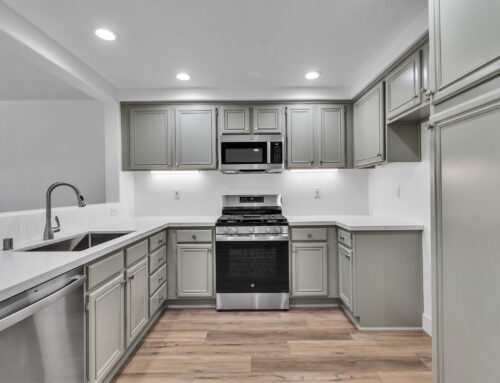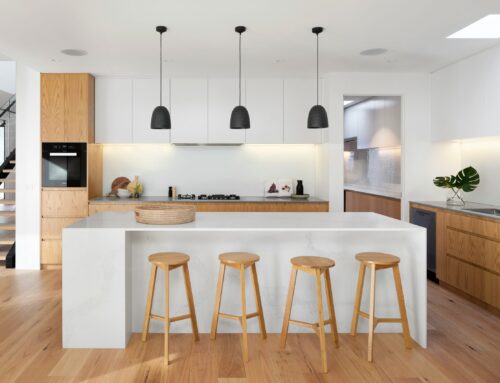Whether you’re looking to buy or sell a home in 2020 or find the perfect rental, it helps to know what you’re up against. In many markets, homebuyers continue to find themselves frustrated, as the relatively few properties coming on the market aren’t meeting demand. The likelihood of continued low interest rates make it possible for more individuals to become homeowners for the first time, but fear of a recession and a desire for financial security makes many consumers hesitant to purchase a house.
Here’s what to expect from the housing market in 2020.
Buying
At the start of 2019, rising interest rates caused many homebuyers to halt their plans for a purchase, as they were unwilling to take on a financial burden they couldn’t afford. To ensure buyers remained active, mortgage lenders lowered their interest rates, which have, on average, been below 4% since May for 30-year, fixed-rate mortgages, according to Freddie Mac. They’re expected to remain low throughout 2020.
Still, some homebuyers are concerned about the future of the economy and their ability to make mortgage payments. Economists largely predict that a recession is still a ways out and not expected until 2021 or later, according to real estate information company Zillow’s July 2019 survey of more than 100 real estate and economic experts. However, a segment of the would-be homebuyer market remains skittish.
“Saying the word ‘recession’ is like saying ‘Beetlejuice’ three times. The more people talk about trade wars and recession, the more people back off (homebuying),” says Odeta Kushi, deputy chief economist for First American Financial Corporation, which provides title insurance and risk solutions for real estate transactions.
But concerns about the economy shouldn’t inhibit the housing market significantly, or at least not for long. Daryl Fairweather, chief economist for national real estate brokerage Redfin, says the low mortgage rates and the chance to buy a home now as opposed to later will be enough encouragement for homebuyers. “Once they see prices picking up, they’re going to get this fear of missing out,” she says.
The cities and metro areas where the population is growing fast due to new residents moving in are where you’re likely to see home prices increase the most. These markets, which Fairweather notes are more likely to be mid-tier cities in the Midwest or South, such as Charlotte, North Carolina, Charleston, South Carolina, and Richmond, Virginia, that are just a short flight from larger cities like the District of Columbia or Atlanta.
The influx of new residents certainly drives up property values as demand increases over the long term, but that means the buyers on the market are more likely to be transplants than lifelong locals. “Any time we see a big increase in migration, prices go up and locals may feel it become unaffordable for them,” Fairweather says.
The newest generation in the housing narrative, Generation Z, a group often defined as made up of those born between 1996 and 2010, is largely not ready to purchase a home yet. But expect some 18- to 22 year-olds, the oldest Gen Zers, to be a small portion of the market in 2020. Ryan Gorman, president and CEO of Coldwell Banker NRT, says the Gen Z individuals who are looking to buy now are early adopters, and they’re more likely house hunting in small or midsize Midwestern cities where the cost of living is low.
“That segment (of the generation) is able to purchase, and the inventory is there for them to purchase,” Gorman says.
Selling
Home sellers will likely benefit from the number of buyers encouraged by low interest rates, and home prices are expected to continue to trend upward. But don’t expect any home price explosions on a large scale.
“I don’t expect home price appreciation to be much of the story in 2020, but we’ll see a continuation of what we’ve been seeing,” Gorman says. He adds that home prices should grow and keep sellers and homeowners who are hoping for a rise in their property values happy. But prices should not grow so quickly that markets risk a price correction or buyers hit their price ceiling.
There aren’t expected to be many sellers in 2020, however. National real estate brokerage Re/Max reports that in October 2019, the inventory for homes for sale was 9% lower than the same month in 2018 across 54 metro areas. The low inventory trend, at least compared to the number of consumers looking to buy, is expected to continue through 2020. Many homeowners locked in low mortgage rates over the past decade, so many don’t feel the need to move; they’ve built equity in their homes and continue to have a low, fixed-rate mortgages with no need to refinance.
Plus, the baby boomer population appears to be focused on aging in place rather than downsizing or moving to different accommodations in retirement, Kushi says. Combined with the low mortgage rates they already have on their homes, seniors aren’t feeling much incentive to move.
New Construction and Development
With a large and growing number of homebuyers and a relatively small pool of home sellers, the only saving grace is new construction, which has been notoriously underproducing since the recession. Although new construction appears to be increasing, it still won’t be able to meet housing demand.
Just 1,461 new, privately owned housing units were issued building permits nationwide in October 2019, according to the U.S. Census Bureau, a slight increase from the 1,281 units issued permits in October 2018. This follows a fairly consistent upward trend, with seasonal ups and downs, since 2011.
“Unfortunately, construction is largely happening in the higher-price tiers, and it’s not because (developers) don’t want to build on the lower end,” Kushi says. Labor shortages and regulatory constraints in many parts of the U.S. mean developers are focusing on properties that will offer the highest yield to offset higher building costs, hence more luxury housing.
New construction in the outer suburbs of major metro areas appears to promise more affordable options for many first-time homebuyers, though they may have to accept a longer commute for the sake of owning property. It’s in these outer suburbs – filled with new construction or existing homes – that many millennial homebuyers are looking to purchase, Kushi notes.
Renting
Expect trends in rental rates to remain fairly reactionary to the homebuying market throughout the year, as people examine their financial situation to decide when is the best time to buy.
Real estate information and marketing site Homesnap predicts that renters who are hesitant or unable to buy a home in their local area will extend their rental agreements, remaining where they are to save as much as possible.
Rents are still expected to grow throughout the year. Zillow predicts that rents will grow faster from the start of the year through the spring, but will slow to 2% year-over-year growth by the end of 2020.
Expect to see rental rates rise faster in areas that are seeing significant population growth based on rising demand, like Myrtle Beach, South Carolina, and Fort Myers, Florida. However, in parts of the U.S. where home prices will remain affordable, many of these new residents will opt to buy, so rent growth will probably be less significant.
—
Originally published here.






